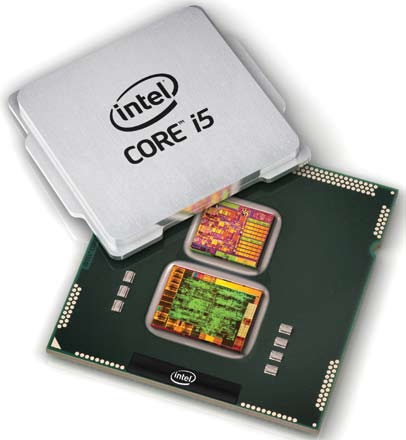
Have you ever wished you had four hands so you could work faster? A similar sentiment amongst computer engineers was what led to the development of multi-core processors more than a decade ago.
A multi-core processor is essentially a chip that has more than one processor (or core) attached to it. By engaging these multiple cores using the right software, a computer can do more in less time.
There is a great demand for multi-core processors across various application domains ranging from general-purpose and embedded computing to networking, digital signal processing (DSP) and graphics. Over the past few years, multi-cores have become the norm, with dual- and quad-core processors being taken for granted even in the desktop and mobile computing spaces.
Of course, we all know that in the computing world, users are never satisfied. However fast their computers are, they want more speed. When they find four cores mundane, they will have six-core processors (Intel has already demonstrated one chip), but soon even that will not be enough. Every need will be met by the industry, with more research, more innovations and more products. It is an unending cycle, and no technology is permanent.
Let us therefore stop at this moment in time and capture the current state of affairs in multi-core processors. Well, the situation here is quite similar to the Cola Wars, with Intel and AMD trying to outdo each other with more cores.
A six-mare chariot to pull your computer
Six- and even eight-core processors per se are not news any more, with server-focused products such as Intel’s Xeon and AMD’s Opteron being quite popular. However, it is interesting to note that Intel recently demonstrated a six-core processor for the desktop segment that is currently being ruled by dual- and quad-core processors. This processor might be launched sometime in March this year.
The processor, codenamed Gulf-town, will use Intel’s 32-nanometre (nm) fabrication technology and Westmere architecture, which means it will also feature some of the interesting power-saving techniques used in Intel’s 45nm products. The power management functions of this architecture will ensure power savings by limiting the power consumed by the idle cores that are not utilised by the applications running at any point of time.
Apart from that, the chip has a larger data cache—12 MB of L3 compared to the 4 MB present in dual-core counterparts. As John Morris and Sean Portnoy observe on their famous blog on laptops and desktops, this data cache, when combined with the extra cores, would result in a chip that is larger and contains 1.17 billion transistors. Intel says that it uses some of those extra transistors to speed up tasks like data encryption and decryption.
The six-core processor will also be available in a dual-socket server version.
AMD too plans to launch its six-core desktop central processing unit (CPU) this year. Codenamed Thuban, this processor will pack six cores and a DDR3 memory controller onto a 45nm die. It is believed that Thuban will be backwards-compatible with existing AM3 and AM2+ motherboards, which gives a flexible upgrade path to existing AMD users.










